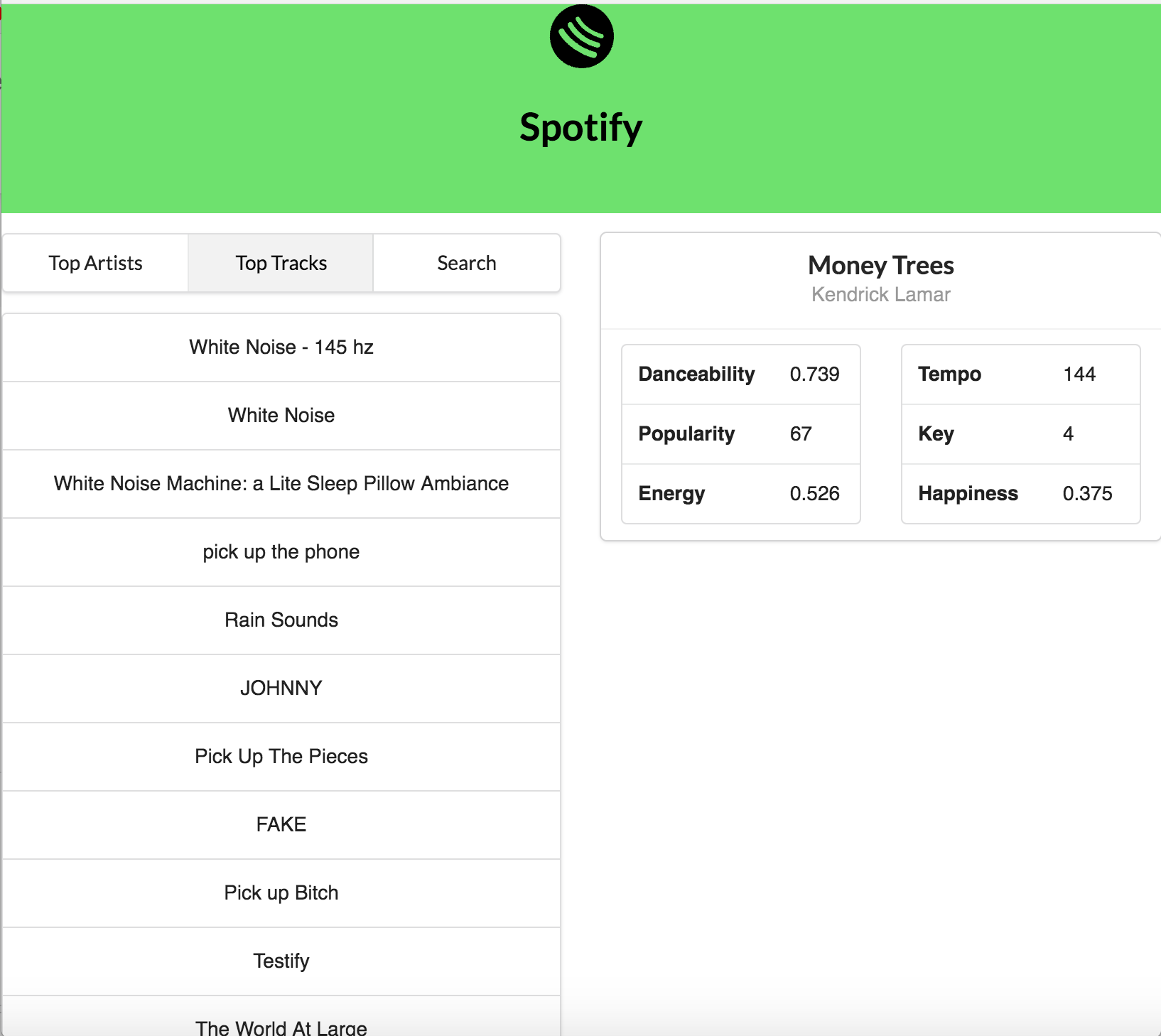

Open up your browser and you should see a log in button.

Start it up by running `node authorization_code/app.js`. * auth-server/authorization_code/app.js */ var client_id = ‘CLIENT_ID’ // Your client id var client_secret = ‘CLIENT_SECRET’ // Your secret var redirect_uri = ‘REDIRECT_URI’ // Your redirect uri Right below the imports, there are three variables we need to set, client_id, client_secret, and redirect_uri. Since we’ll be using authorisation_code, navigate to that one and open app.js in your favourite code editor. You’ll notice it’s separated into three directories, one for each authorisation flow. Clone it and install the dependencies git clone auth-server cd auth-server npm install While you’re on Spotify’s Developer Site, click on Web-api -> Code Examples and Libraries -> Example App Code, you should find this repository. We’ll use and modify an example provided by Spotify. 3 - Set up the ServerĬreate a folder called spotify-api-intro and navigate to it. The ones in the screenshot below won’t work for you, as I re-generated them after writing this tutorial. You’ll need these into your server code for it to work.

Type in Click the ‘save changes’ button at the bottom.Ĭopy down the Client ID, the Client Secret, and your redirect URI. This is the link that Spotify will need in order to safely send the user back to your app after they’ve been authorised.


 0 kommentar(er)
0 kommentar(er)
